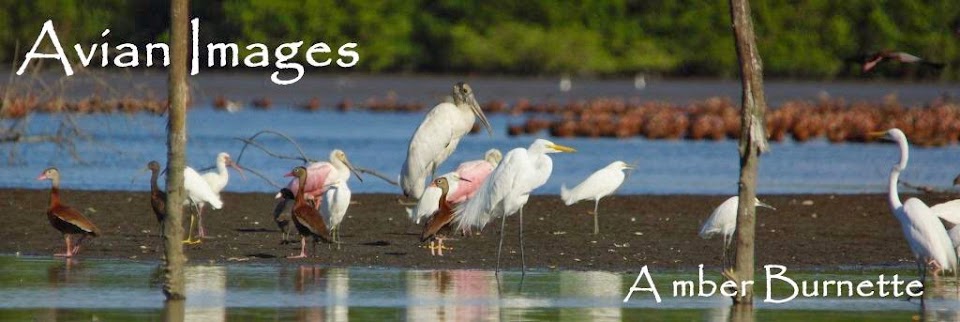
Well, as the title of this post reads - good news is that I got to see my beloved Black and Gold play today at Heinz Field and win a nail-biter against a very good Vikings team. The bad news - I was not up at the blind during that time. I had planned to be, but the weather was not very cooperative. 

We did not get skunked - we did get one bird. A male hatch year Northern Goshawk. And what an approach he made - all stealth as he popped up over the top of some hedges in front of us on his way in. This is really a great bird - They are huge and sexy and all feet and voice and long tail. 

Saturday was a pretty day, and we did see a ton of birds - probably more Bald Eagles, Rough-Legged Hawks and Red-tails than I remember in recent trips up. Hawk Ridge was seeing about the same thing - 174 eagles, 48 Rough-legs and 440 Red-tails . The bad weather fronts on either side of the day might have been an impetus for them to just get up and get out of town, though - they just thermalized and went on their way, not giving us a look at all for the most part.
. The bad weather fronts on either side of the day might have been an impetus for them to just get up and get out of town, though - they just thermalized and went on their way, not giving us a look at all for the most part.
 . The bad weather fronts on either side of the day might have been an impetus for them to just get up and get out of town, though - they just thermalized and went on their way, not giving us a look at all for the most part.
. The bad weather fronts on either side of the day might have been an impetus for them to just get up and get out of town, though - they just thermalized and went on their way, not giving us a look at all for the most part. The migration of other birds was pretty apparent, too. We had plenty of American Tree Sparrows and Dark-eyed Juncos to keep us company while the hawks literally gave us the bird from above.

































